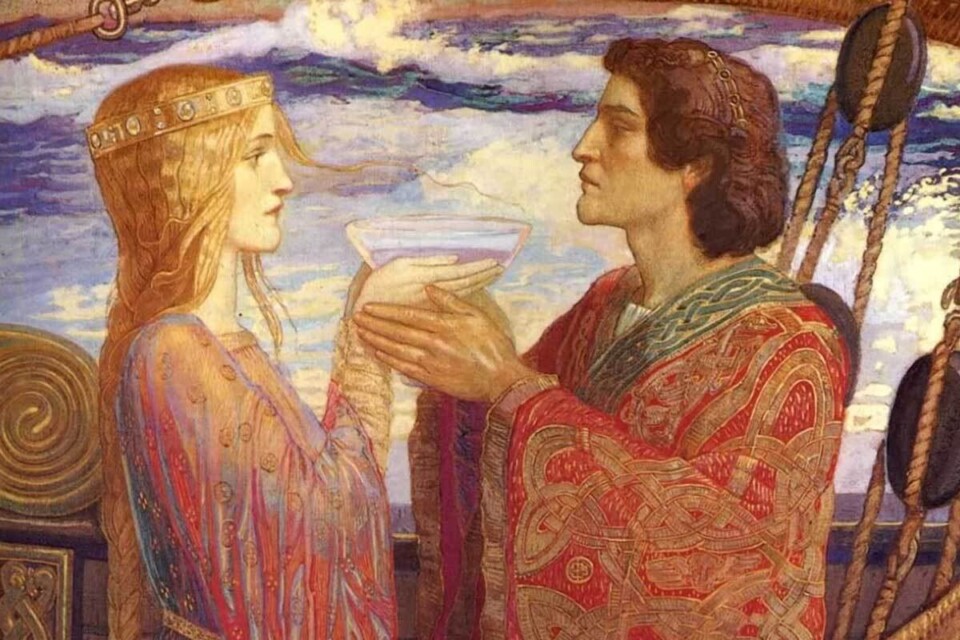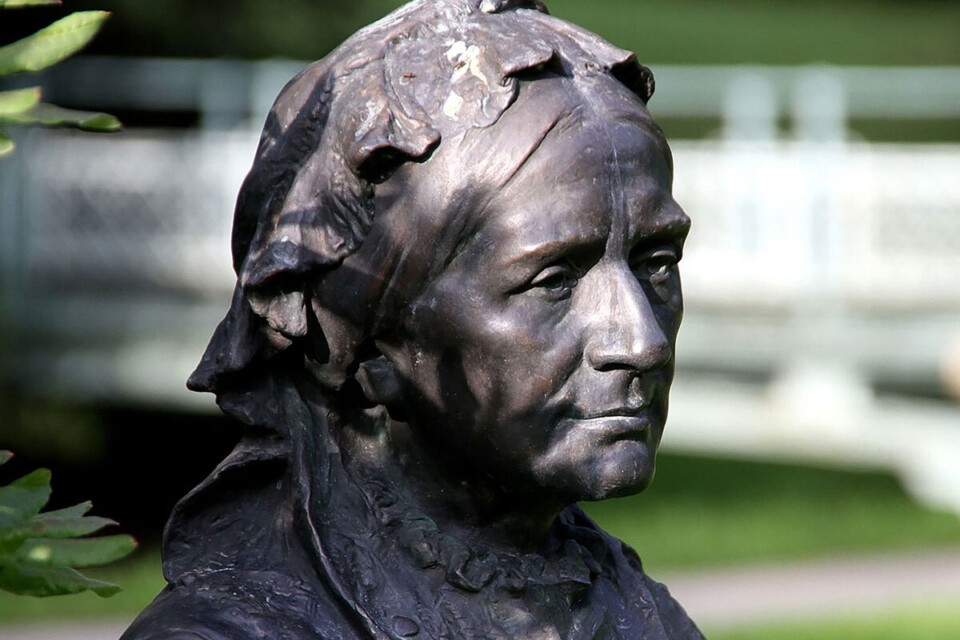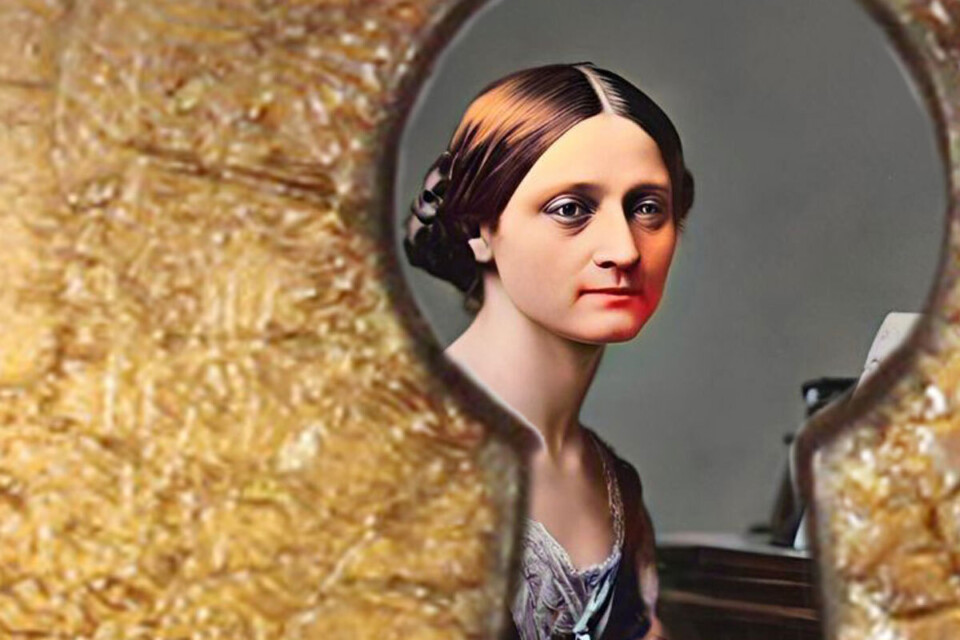Why is “Forbidden Love” so alluring? To those of us who are a little risk-averse, it sounds dangerous, yet we gaze at it with fascination over the picket fence of convention, variously covetous and disapproving, but always ready to consume – from a safe distance of-course! Whether it’s the fairytale of a beauty falling for a beast or a much-favoured Christmas movie about bloke trying to crack on to his friend’s wife, (or employee, or co-worker) the Forbidden Love brand is strong and we’re buying! When this label is applied to music, it promises palpitation inducing drama, fleeting moments of bliss and delicious heartbreak – La douleur exquise as the French say. I might be biased, but there is no better conduit for this than Opera. Take Pelléas and Mélisande by Claude Debussy, a love story with that most disturbing of shapes at its heart – a triangle! Debussy believed there was too much singing in opera (really!), so this score is a succession of sumptuous, symphonic backdrops with vocal episodes. He didn’t want any “discussions or arguments between the characters”. Out of the shimmer of the harps and woodwinds, the horn whispers ominously. Distant tension grows in the quiet roll of the timpani. It is a masterclass in dramatic understatement and supposedly his antidote to the bombast of Richard Wagner. However. when you compare this to Wagner’s Tristan and Isolde, another tale of love gone triangular, the sonorities are actually pretty similar, although the works are structurally distinct.

Today we retrospectively apply that ubiquitous term ‘filmic’ to those washes of tonal colour that seek to evoke physical environments like glittering seas and dank forests. The depiction of ‘longing’ in music of the 19th and early 20th century also seems universally characterised by upward surges and leaps followed by fluttering, chromatic descents into disappointment. Otherworldly forces, like destiny or magic, sparkle through the orchestra. For his Die Frau Ohne Schatten Fantasie, Richard Strauss extracted what he considered the “best parts” from the opera. This is the human story at the heart of the convoluted plot. However, magic still mixes with the domestic when the mortals encounter higher beings. We hear glimmering glissandi as the Nurse conjures a vision of a magical life for the Female Dyer, promising that it will be hers in exchange for her shadow. These aural signposts are examples of musical dramaturgy and help drive the story forward on a non-verbal plane. When they are excavated from the operas, the dramatic trajectory remains mostly intact and we can enjoy the elation and devastation in twenty-minute, fun-sized orchestral renderings.

All these confected, storybook tales of prohibited passion are no match for the real-life story of Clara Schumann’s forbidden love for - composing! I know the “against the odds” romance we’re meant to be focussing on is her marriage to Robert, but when viewed through a 21st century lens, that might well seem a case of “groom” being both noun and verb… In her piano concerto, we hear a teenaged virtuoso creating a vehicle to demonstrate her own talent and skill. There is an almost improvisational feel in places. Extemporising in performance was expected of prodigies, and musical subjects were often randomly hurled to them from the audience. It seems likely that the slightly unconventional tonal path she chooses, facilitates the technique she wants to exhibit. The exploratory key relationships, acceptable in improvisation, yet somewhat eccentric for composition, makes for compelling listening. Imagine what she might ultimately have achieved if afforded the time and space to focus on her own composition! Hers, as all other legends of Forbidden Love, leaves us with the eternal question of “What if…?”.

Forbidden Love
Thursday 10 October at 7.30pm
Saturday 12 October at 2.00pm
Arts Centre Melbourne, Hamer Hall
